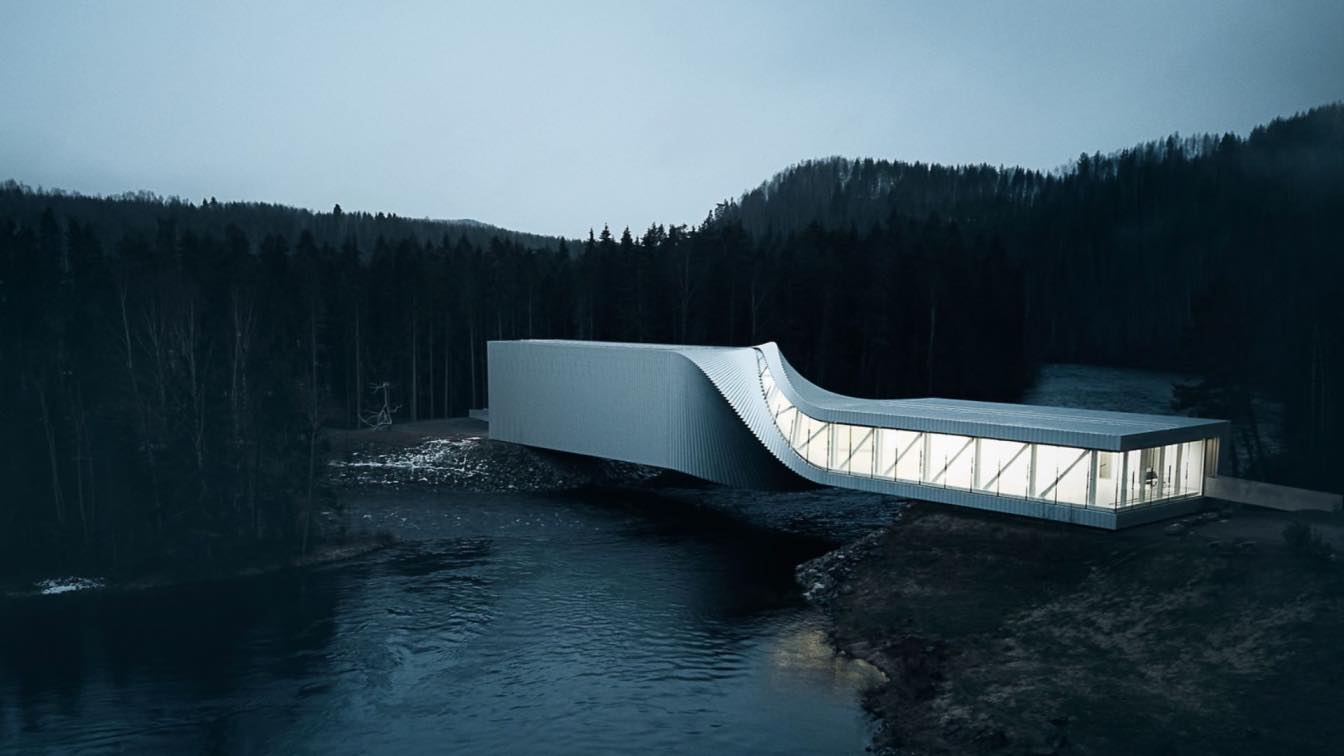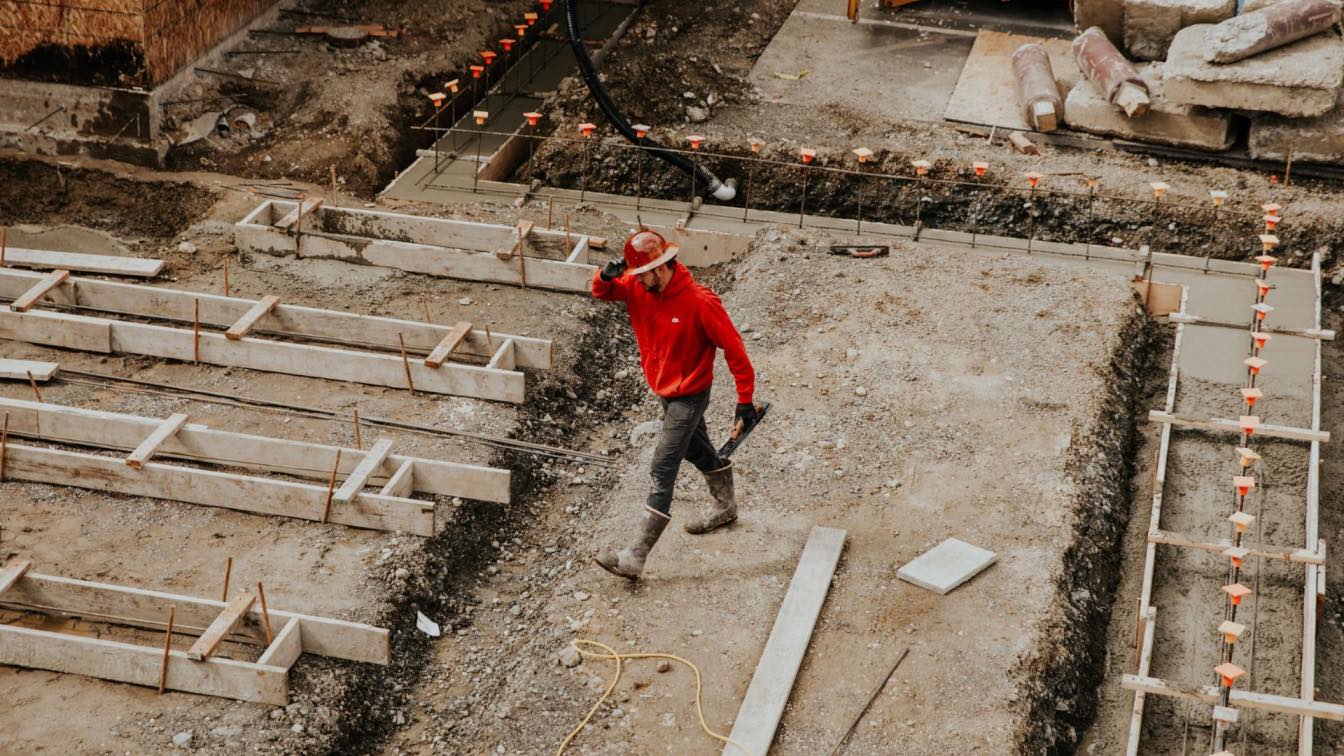As technology continues to advance at a breakneck pace, it is impossible to ignore the impact it has had on the world of architecture. From 3D printing and BIM software to virtual reality and smart buildings, digitization has brought about new possibilities and opportunities for architects and builders alike. However, as with any major technological shift, it is important to consider the challenges and drawbacks that may arise along the way.
One of the biggest benefits of digitization in architecture is its ability to streamline the design and construction process, resulting in significant cost savings and faster project completion times. Take, for instance, The Twist, a stunning new museum in Norway designed and constructed by Bjarke Ingels Group (BIG). The architects used digital modeling software to visualize the structure in 3D and simulate how it would look in different lighting and weather conditions. This allowed for a more efficient and effective design process, resulting in a masterpiece of architecture.
 The Twist, a museum in Norway designed and constructed by Bjarke Ingels Group (BIG), which used digital modeling software to streamline the design process and create a more efficient and effective design, resulting in a masterpiece of architecture.
The Twist, a museum in Norway designed and constructed by Bjarke Ingels Group (BIG), which used digital modeling software to streamline the design process and create a more efficient and effective design, resulting in a masterpiece of architecture.
However, the adoption of new technologies also brings about new challenges and complexities that architects and builders must navigate. One of the biggest challenges is the need for more specialized technical knowledge and expertise, which requires additional training and education. Moreover, the use of digital tools can lead to a loss of human touch and creativity, as architect and professor Tom Kundig notes, "Digitization can be a double-edged sword…we need to be careful not to lose sight of the craft, the human touch, and the creativity that comes from physical interaction with materials and the world around us."
Additionally, digitization has the potential to disrupt traditional job roles within the industry. For example, the rise of automated construction technology may eliminate some manual labor jobs and require a shift in skill sets and training for workers. This requires architects and builders to think critically about how they can adapt to changing circumstances while remaining mindful of the human element that has defined the industry for centuries.
As the world of architecture continues to evolve with the help of digitization, it is crucial to strike a balance between innovation and practicality. Architects and builders must embrace new technologies while also remaining mindful of the challenges and drawbacks. By doing so, they can continue to push the boundaries of what is possible in the world of architecture, while ensuring that the industry remains grounded in the principles of human creativity and craftsmanship that have defined it for centuries.





